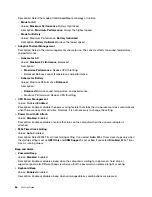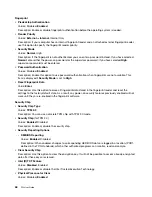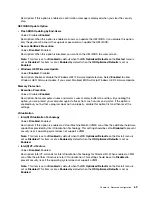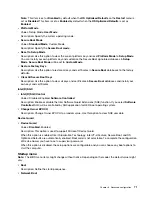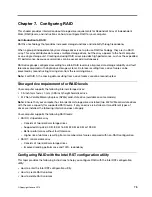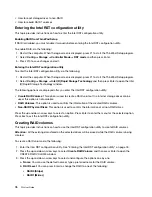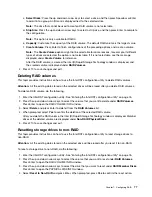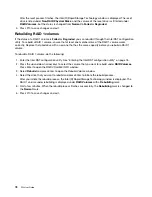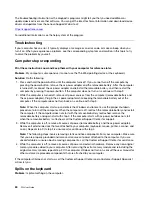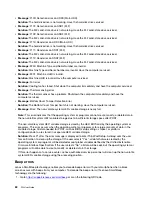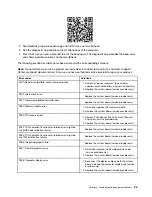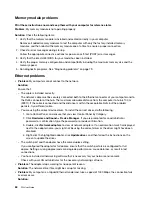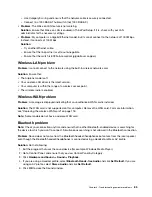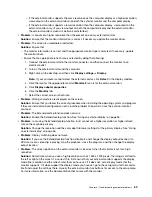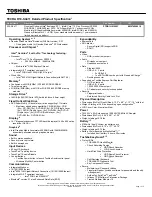
Chapter 7. Configuring RAID
This chapter provides information about storage drive requirements for Redundant Array of Independent
Disks (RAID) levels, and instructions on how to configure RAID for your computer.
An Introduction to RAID
RAID is a technology that provides increased storage functions and reliability through redundancy.
When a group of independent physical storage drives is set up to use RAID technology, they are in a RAID
array. This array distributes data across multiple storage drives, but the array appears to the host computer
as one single storage unit. Creating and using RAID arrays provides high performance, such as the expedited
I/O performance, because several drives can be accessed simultaneously.
RAID drive groups configured according to certain RAID levels also improve data storage reliability and fault
tolerance compared with single-drive storage systems. Data loss resulting from a drive failure can be
prevented by reconstructing missing data from the remaining drives.
Note:
For RAID 0, the missing data resulting from a drive failure cannot be reconstructed.
Storage drive requirements for RAID levels
Your computer supports the following internal storage drives:
• 2.5-inch form factor, 7-mm (0.28-inch) height hard disk drive
• M.2 Non-Volatile Memory Express (NVMe) solid-state drive (available on some models)
Note:
Ensure that your computer has two identical storage drives installed (two M.2 NVMe solid-state drives
with the same capacity) for supported RAID levels. If only one drive is installed, or two different types of
drives are installed, the following information does not apply.
Your computer supports the following RAID levels:
• RAID 0: striped disk array
– Consists of two identical storage drives
– Supported strip size: 4 KB, 8 KB, 16 KB, 32 KB, 64 KB, or 128 KB
– Better performance without fault tolerance
– Higher risk of data loss resulting from a member drive failure compared with non-RAID configuration
• RAID 1: mirrored disk array
– Consists of two identical storage drives
– Improved reading performance and 100% redundancy
Configuring RAID with the Intel RST configuration utility
This topic provides the following instructions to help you configure RAID with the Intel RST configuration
utility:
• How to enter the Intel RST configuration utility
• How to create RAID volumes
• How to delete RAID volumes
© Copyright Lenovo 2019
75
Summary of Contents for ThinkPad P52
Page 1: ...P52 User Guide ...
Page 5: ...Appendix F Notices 147 Appendix G Trademarks 149 Copyright Lenovo 2019 iii ...
Page 6: ...iv P52 User Guide ...
Page 26: ...8 P52 User Guide ...
Page 34: ...16 P52 User Guide ...
Page 66: ...48 P52 User Guide ...
Page 74: ...56 P52 User Guide ...
Page 114: ...96 P52 User Guide ...
Page 142: ...124 P52 User Guide ...
Page 146: ...128 P52 User Guide ...
Page 148: ...130 P52 User Guide ...
Page 154: ...136 P52 User Guide ...
Page 160: ...142 P52 User Guide ...
Page 162: ...144 P52 User Guide ...
Page 168: ...150 P52 User Guide ...
Page 169: ......
Page 170: ......




